The term “tabula rasa,” or “blank slate,” is taking on new meaning in the battery-electric truck segment with the introduction of the Slate Truck. The sleek yet somewhat bare-bones truck is, however, a highly customizable blank canvas that comes with a lengthy accessory list including one that converts the pick-up into an SUV.
To paraphrase what an early automotive pioneer said about color availability for his mass-produced automobile, the Slate Truck comes in any color so long as it is, of course, slate gray. Indeed, the single color is one of the factors used to keep the manufacturing cost low, but buyers will also be able to use wraps Slate will produce to add color and flair.
The automaker’s CEO, Chris Barman, has said in interviews that the truck’s means of production as well as the truck itself have been designed from the start to keep down the vehicle’s per-unit cost. The decision to make one model in one color is saving Slate Auto hundreds of millions of dollars by eliminating a need for metal stamping presses and paint shop, just to cite two examples.
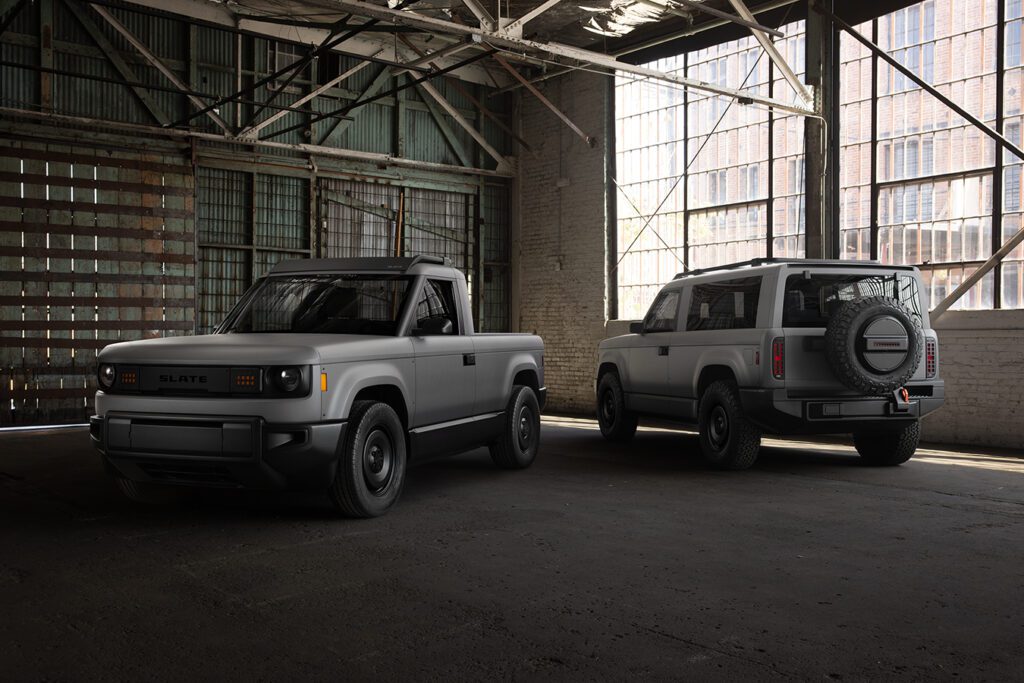
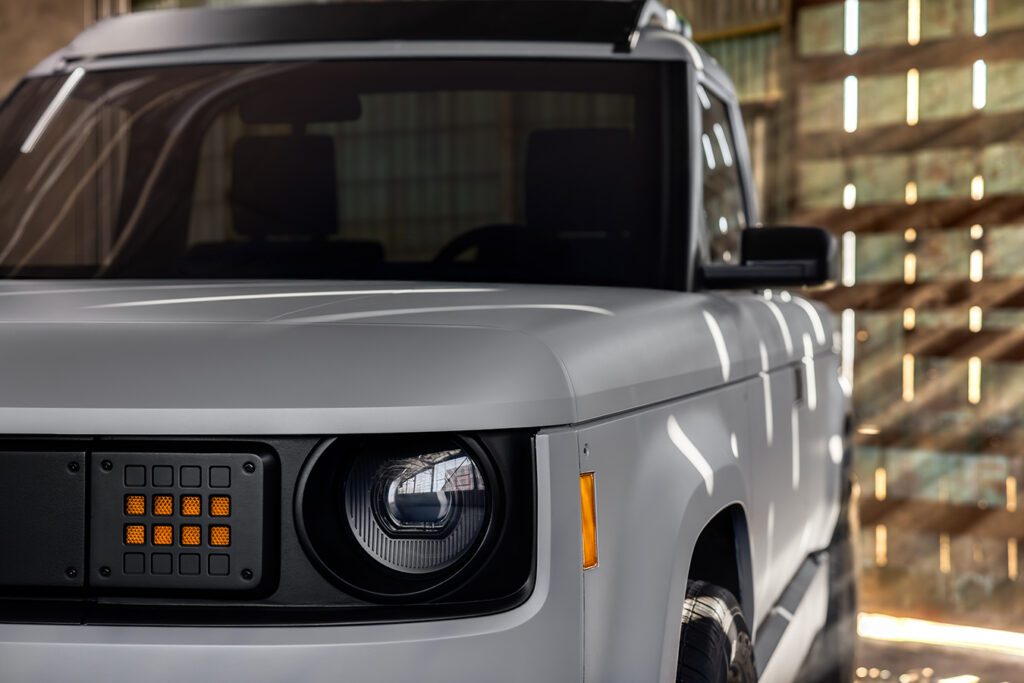
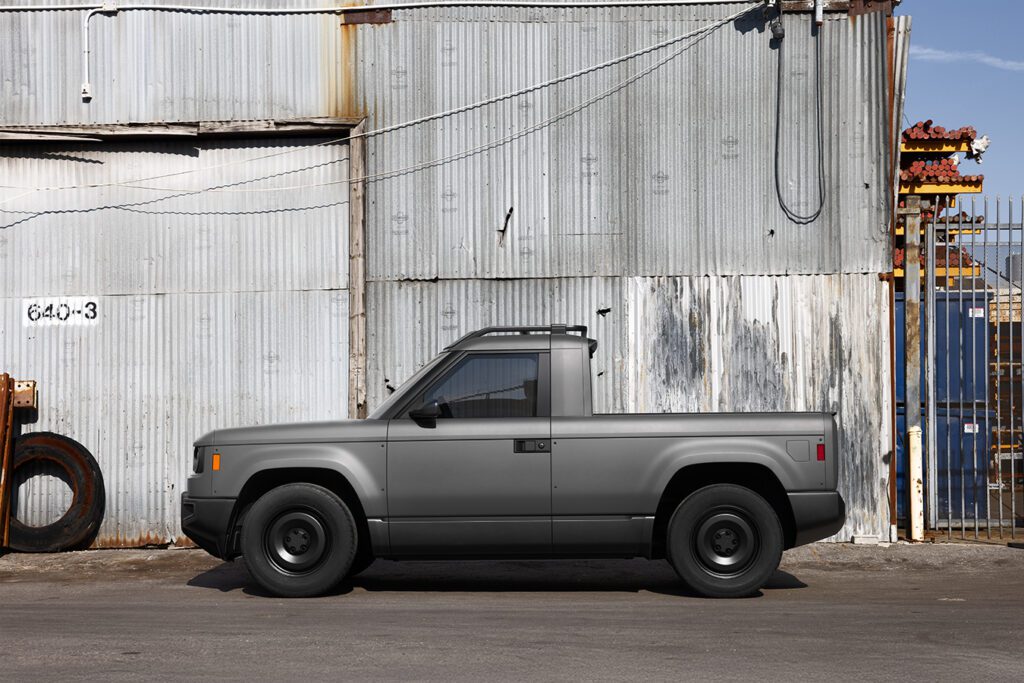
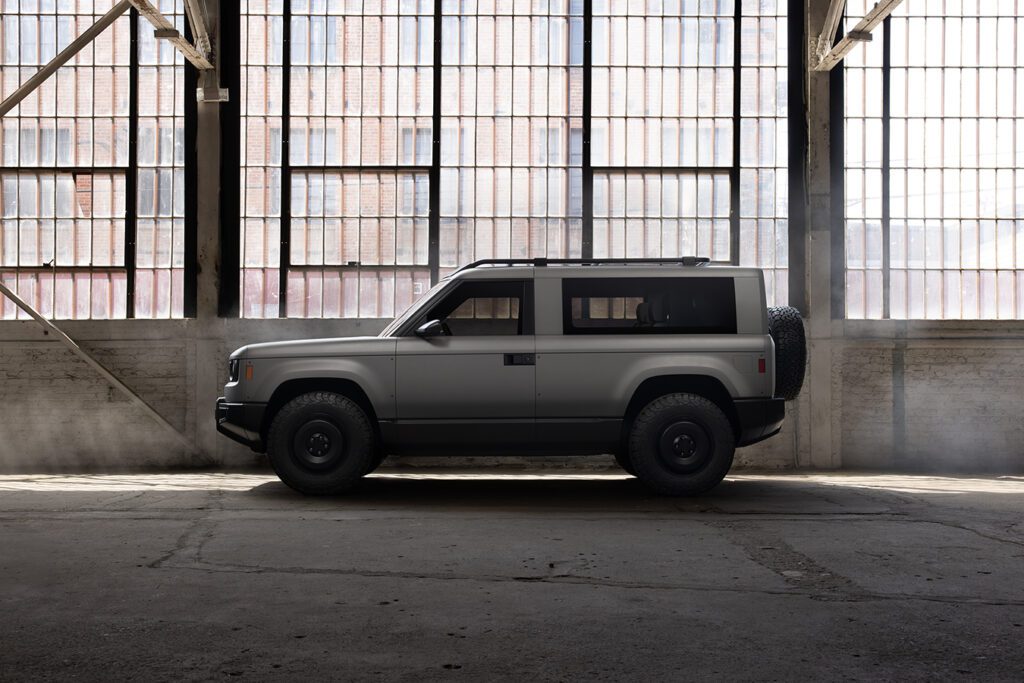
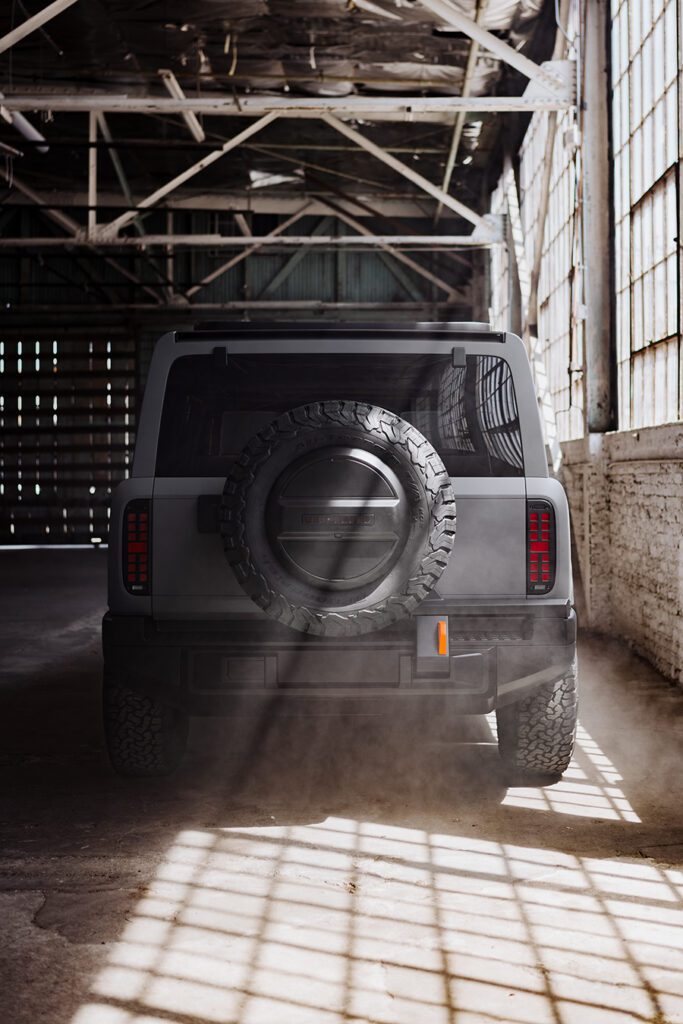
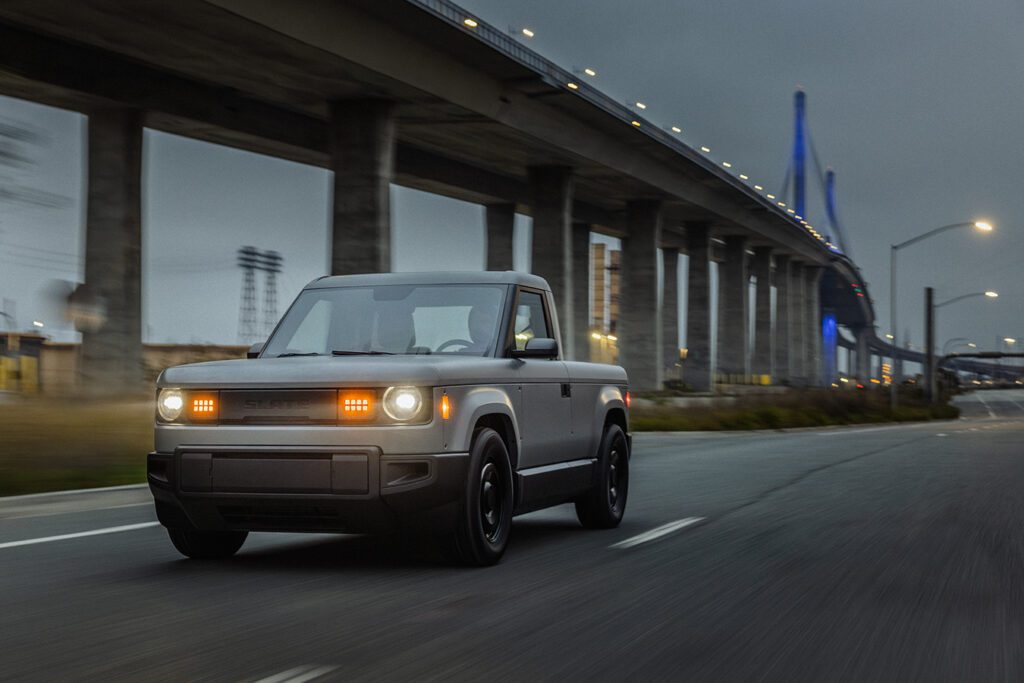
Slate Auto chose the name Blank Slate for its entry-level pickup, which will be equipped with a 52.7 kWh battery pack for an estimated 150 miles (241 km) of range and will be delivered in a slate gray color molded into the truck’s composite body panels. The battery cells use a nickel-manganese-cobalt chemistry sourced from Korean maker SK-On, albeit from a US production plant, the company said.
Standard features include manual roll-up windows, steel wheels, manually-adjustable non-electric cloth seats, and real knobs for the vehicle’s HVAC controls. The jury is still out on whether the use of hand-cranked windows is economic virtue signaling through anachronistic technology or not.
The Slate Truck has only one option: a larger 84.3 kWh battery that offers 240 miles (386 km) of driving range.
It’s the Slate Truck’s modularity that could make it a versatile player in the OHEV market. Just like adding Lego blocks, one can snap on an SUV kit that includes a roll cage, rear seat and airbags when a truck is being used for one specific job or function, and later revert it to the basic pickup with a full 60-inch truck bed. The Slate’s front trunk offers 7 cubic feet (0.2 cubic meter) of storage in addition to 37 cubic feet (1.05 cubic meter) in the cargo bed, or 34 cubic feet (one cubic meter) in the SUV’s load bay.
Slate Auto says it will sell directly to consumers (which will please buyers while angering dealers) and offer a nationwide service network, although it has not provided much detail on its plans. The automaker is paying strict attention to keeping costs down. The lone display screen is located behind the steering wheel, and the primary purpose of the tiny 4-inch display is to satisfy federal requirements for having a backup camera display. Automatic emergency braking is standard. A dashboard-mounted smartphone holder is included so that a driver and passengers can bring their own phones along. The truck charges using a Tesla-style NACS port. An onboard 11 kW charger is said to take the battery from 20% to 100% in 11 hours on a Level 1 charger and under 5 hours on a Level 2 charger. DC fast charging will accomplish the same in under 30 minutes.
The truck is almost infinitely customizable for the battery and powertrain, which remain generally inaccessible, and drivers don’t pay for any functionality they don’t want because they simply don’t add it. For example, there is a lift kit and wheels with all-terrain tires and zip-on seat covers that add heated seats for cold weather operations. In other words, buyers could equip their Slate Trucks with whatever hardware is needed to hold equipment or goods to get the job done, be it in construction, mining or terminal operations.
A bare-bones, customize-it-yourself electric truck will be very appealing to certain buyers (it’s reminiscent of the rugged work trucks offered by Bollinger Motors, a startup that became a subsidiary of Mullen Automotive). But what’s really been grabbing the headlines is Slate’s projected price for its new EV: as little as $20,000 after various government incentives are applied. Here we feel we must inject a note of skepticism. The road from design studio to deliveries is invariably longer, more complex and more expensive than visionaries anticipate, and the future of government EV subsidies is far from certain.
Slate Truck is only the latest in a long line of new entrants to the EV industry to promise an innovative EV at an eye-popping price. Over the past decade, at least 30 EV startups (yes, including some with deep-pocketed backers) have suspended their operations, been through bankruptcy, or simply gone quiet. Few of their vehicles ever made it to customers, and pretty much none were sold at the “game-changing” prices originally advertised. Alpha, Canoo, Faraday Future, Fisker and Lordstown are just a few of the once-proud brands that come to mind. Only time will tell if EV buyers will buy into the blank-slate approach for their EV purchases.
| 2027 Slate Truck Specifications | |
| BASE PRICE | $27,000 (est.) |
| LAYOUT | Rear-motor, RWD, 2-pass, 2-door truck |
| MOTOR | 201 hp/195 lb-ft permanent-magnet electric |
| TRANSMISSION | 1-speed auto |
| CURB WEIGHT | 3,600 pounds (mfr) |
| WHEELBASE | 108.9” |
| L x W x H | 174.6” x 70.6” x 69.3” |
| 0-60 MPH | 8.0 sec (mfr. est.) |
| EPA CITY/HWY/COMB FUEL ECON | 95 mpg-e (mfr. est.) |
| EPA RANGE, COMB | 150 miles (mfr. est.) |
Source: Slate Auto
